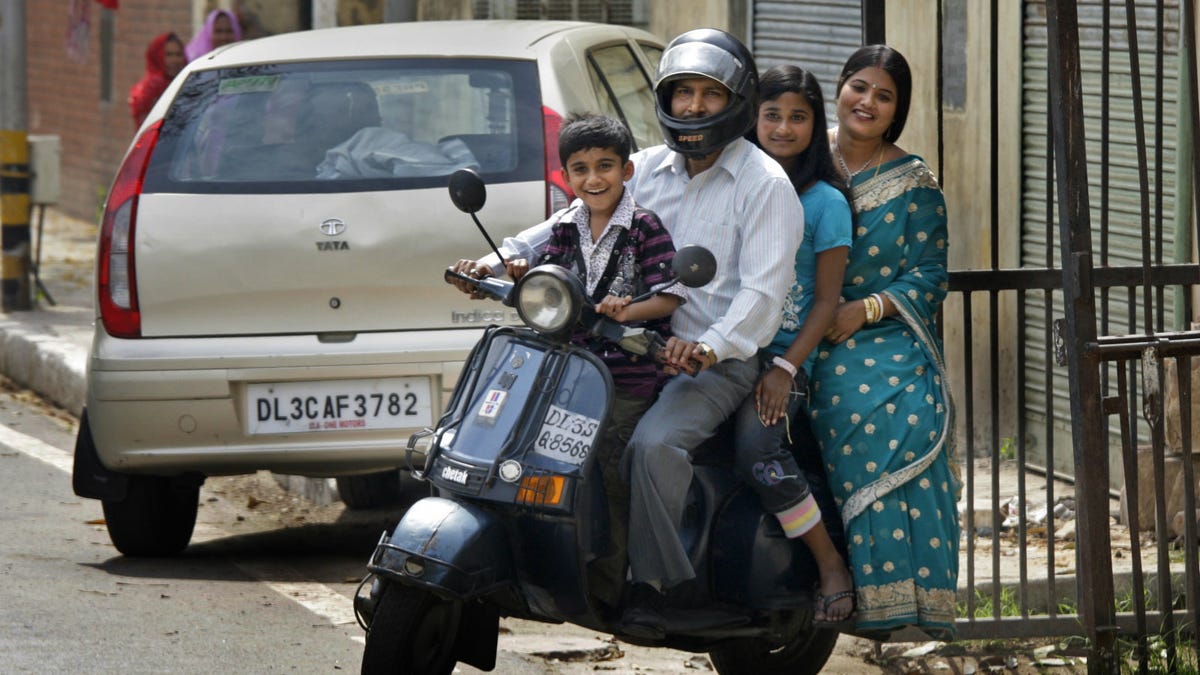Titanium100
SENIOR MEMBER

- Joined
- Mar 1, 2019
- Messages
- 7,772
- Reaction score
- -10
- Country
- Location
The Persistence of Poverty in India: Culture or System?
Once Economic Energies Are Unshackled, Religion or Culture Cannot Stand in the Way for Longthe recent death of Mother Teresa drew the world’s attention to the dire poverty of Calcutta and of India in general. Mother Teresa ministered to the poorest of a very poor country where asceticism, antimaterialism, and fatalism are integral to the majority religion, Hinduism. For those who follow these beliefs, any effort toward changing the material state of the poor is futile. To them wealth, not poverty, is surprising.
Will India’s poor ever prosper? A focus on the dominant religion and culture portends a rather pessimistic future. Those who generally discount the influence of religion and culture in modern societies maintain that India’s poverty is the result of its political and economic system. Representative democracy with a largely illiterate population has allowed operators of the political system to amass wealth for themselves. The reign of Nehruvian socialism, more popularly known as the “license-permit-quota raj,” has left little room for private initiative and enterprise. The Hindu rate of growth has been the outcome. That would be the outcome, it is argued, under such a system in any culture.
What is responsible for India’s poverty—the culture or the politico-economic system? (Religion in a broader sense is assumed to define the culture, and so the terms are used interchangeably.) Those working to alleviate India’s poverty need to answer the question. They need to decide where to focus their energies. But first some elaboration on culture, economics, and politics.
The Persistence of Poverty in India: Culture or System?
The recent death of Mother Teresa drew the world’s attention to the dire poverty of Calcutta and of India in general. Mother Teresa ministered to the poorest
 fee.org
fee.org
Last edited:









